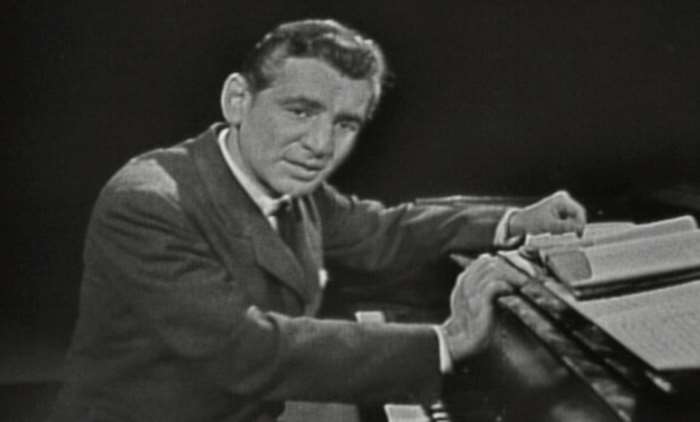“No one knows why exactly Sonny Rollins, the tenor saxophone colossus, hasn’t recorded a good studio album since the 1960s,” writes New York Review of Books blogger Christopher Carroll. “Yet anyone who has seen Rollins perform on a good night knows that, even at eighty-one, he is still capable of playing with the same brilliance that first made giants like Charlie Parker, Miles Davis, and Thelonious Monk take an interest in him in the 1950s.” “I haven’t heard every note that Rollins has ever recorded, but I’ve heard lots of them,” writes New Yorker film blogger Richard Brody, “and if I had to carry just one recorded performance of his to the hereafter, it would be one from Copenhagen, from 1965.” You’ll find a clip of this very show above, 45 minutes that might give you a sense of just what Rollins enthusiasts like Carroll and Brody are enthusing about.
As Brody describes the full show, “Rollins plays almost uninterruptedly for nearly an hour, picking up heat and whimsy as he goes along. His full, hearty sound is exceptionally sculptured, bluff, and pliable; the notes of the rising phrase in the opening number, ‘There Will Never Be Another You,’ seem to hang in the air like balloons. Dawson sets a brisk, light tempo, Rollins makes room for [bassist Niels-Henning Ørsted] Pedersen’s solo, and then sidles over into the harmonic wilds and lets fly cascades of notes and broken, modernistic tones while trading fours with the drummer, before ending with a suave solo cadenza.” For a more recent showcase of Rollins’ musical powers at work, see also the video just above, a 1992 performance from his sextet in München, Germany. Sometimes well-respected jazz players spend long stretches in the artistic wilderness — Rollins in particular having been “irreparably damaged by years spent experimenting with funk, disco, and fusion in the seventies and eighties,” in Carroll’s words — but you can never really take your ears off them.
Related content:
Sonny Rollins’ New York City Bridge Sabbatical Recreated in 1977 Pioneer Electronics Ad
Colin Marshall hosts and produces Notebook on Cities and Culture. Follow him on Twitter at @colinmarshall.


